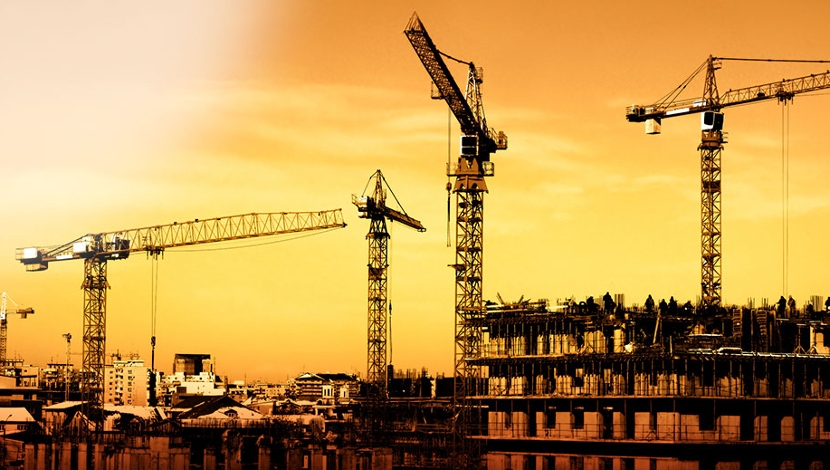
The economic development of any country and the growth of its cement industry are intrinsically linked.
The cement industry in the sub-continent is booming and has promising future prospects in the domestic and export markets. India is the second-largest cement producing country, while Pakistan ranks as the 16th largest manufacturer of cement worldwide.
According to the International Trade Centre, a total of 10 million t of exports worldwide originate from the subcontinent and of these, 25% are sent to sub-Saharan Africa. India and Pakistan are the only cement exporting countries in the subcontinent, while the rest are importers.
Salient features of the Indian cement industry
In the subcontinent, India has the largest production capacity at 336 million t, of which it utilises 272 million t. India’s production base consists of 140 integrated units and 45 grinding plants. India consumed around 265 million t of cement in 2013. Increased domestic consumption is due to approval of new developmental projects and construction of around 100 km of road on a daily basis. India’s main export markets are Sri Lanka, Nepal, the Maldives, Bhutan and Africa.
Salient features of Pakistan’s cement industry
Pakistan has 24 integrated cement plants in the North Zone and South Zone with installed cement production capacity of 44.77 million t and a surplus capacity of 11.17 million t. In 2013, total exports were 8.29 million t to Afghanistan by road and Sri Lanka and sub-Saharan Africa by sea.
Salient features of North Africa and sub-Saharan Africa
Emerging markets, such as India and China, represent an estimated 90% of the global cement industry and the imminent future of the cement sector looks auspicious.
Africa is sub-divided into two regions: North Africa and sub-Saharan Africa. In “The last cement frontier” published by Africa Consulting Services AS Norway and ICR Research, Africa is highlighted as a fast-growing continent as local and international investors seek opportunities to capitalise on the economic and industrial progress of the region.





